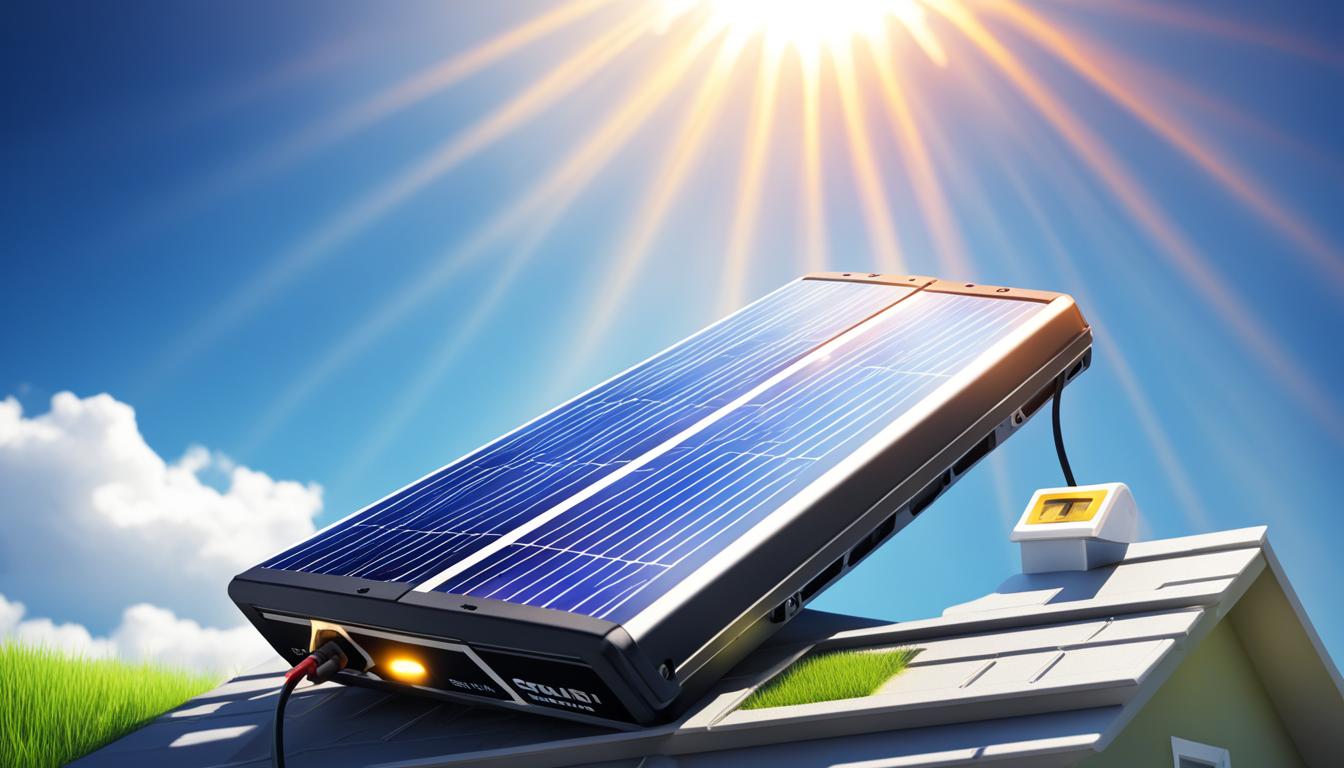
Cost to Install Off-Grid Solar Systems for Homes

Liam Cook
Posted 9/25/2023
Imagine waking up every morning to the gentle hum of your home being powered by the sun. As the rays of sunlight stream through your windows, you feel a sense of pride knowing that your home is not only powered by clean, renewable energy but also free from the clutches of traditional utility companies. This is the reality that off-grid solar systems for homes can offer.
Whether you're passionate about reducing your carbon footprint, seeking greener alternatives, or looking for energy independence, off-grid solar systems are gaining popularity among homeowners across the country. These systems allow you to generate and store your own electricity, providing you with reliable power even in remote locations or during grid outages.
But what does it actually cost to install an off-grid solar system for your home? In this article, we will explore the financial aspect of embracing solar off-grid living, providing you with valuable insights into the expenses involved, so you can make an informed decision for your household.
Understanding Off-Grid Solar Systems
Off-grid solar systems are an innovative solution for homeowners looking to harness the power of the sun and achieve energy independence. These systems provide a reliable and sustainable source of electricity, even in remote locations where grid connectivity is limited or non-existent. To gain a deeper understanding of how off-grid solar systems work and their key components, let's explore the role of batteries, the storage of solar energy, and how these systems power your home.
The Importance of Batteries: Batteries play a vital role in off-grid solar systems by storing excess energy generated by solar panels. This stored energy is then available for use during periods of low or no sunlight, ensuring a continuous power supply. By relying on batteries, homeowners can power their homes day and night, without being dependent solely on solar energy generation.
Storing Solar Energy: Off-grid solar systems absorb sunlight through solar panels, which convert it into electrical energy. This energy is then directed to charge the batteries, allowing for energy storage. When household energy demand exceeds the instantaneous solar generation, the batteries discharge stored energy, providing a seamless power supply to the home. This stored energy can also be utilized during cloudy or rainy days when solar energy generation is reduced.
Powering Your Home: Off-grid solar systems are designed to effectively power all the essential electrical appliances in your home. From lighting and heating to appliances and entertainment systems, these systems can provide reliable power for your daily needs. By combining solar energy generation with efficient battery storage, off-grid solar systems offer a sustainable solution that ensures you have power, even when the sun isn't shining.
By gaining a better understanding of the components and functioning of off-grid solar systems, you can make informed decisions about harnessing solar energy for your home. With batteries acting as the backbone of these systems and solar energy storage driving their efficiency, off-grid solar systems offer a practical solution for achieving energy independence and reducing reliance on traditional power sources.
Installation and Setup Costs
When it comes to installing off-grid solar systems, it's essential to consider the associated installation and setup costs. Understanding these costs will help you plan and budget effectively for your solar energy project.
Setting up an off-grid solar system requires several components, including solar panels, batteries, charge controllers, inverters, and wiring. Each component plays a crucial role in harnessing and converting solar energy into usable power for your home.
One of the key aspects of off-grid solar systems is the inclusion of microgrids. A microgrid is a localized power grid that operates independently from the main utility grid. It allows you to generate and store electricity within your own system, providing you with a reliable and self-sustaining power source.
Determining the Size of Your System
To determine the size of your off-grid solar system, you'll need to assess your energy needs and consumption patterns. Consider factors such as the number of appliances and devices you use, their power requirements, and the hours of electricity usage throughout the day.
By evaluating your energy needs, you can determine the number of solar panels, batteries, and other components required for your off-grid system. It's crucial to choose the right size to ensure your system can generate and store enough power to meet your household's energy demands.
Now, let's talk costs. The installation and setup costs for off-grid solar systems can vary depending on several factors, including the size of your system and the complexity of the installation. On average, homeowners can expect to invest between $10,000 to $30,000 for a complete off-grid solar system setup.
It's important to keep in mind that while the upfront costs may seem significant, off-grid solar systems offer long-term benefits. Not only will you reduce your reliance on the grid and enjoy energy independence, but you'll also contribute to a cleaner and greener environment.
Conclusion
While the costs associated with installing and setting up off-grid solar systems can vary, the long-term benefits are significant. By reducing reliance on traditional utility companies, homeowners can save on monthly electricity bills and minimize their environmental impact. Off-grid solar systems empower individuals to take control of their energy consumption and contribute to a cleaner and greener future.
Investing in an off-grid solar system is a wise choice for those looking to achieve energy independence. With advancements in solar technology, these systems have become more efficient and affordable than ever before. By generating power from the abundant sunlight, homeowners can enjoy reliable electricity supply even during emergencies or power outages.
Embracing solar power through off-grid systems not only benefits individual households but also plays a crucial role in creating a sustainable future. By reducing carbon emissions and promoting renewable energy sources, we can work together to mitigate the effects of climate change and build a more resilient energy infrastructure.
